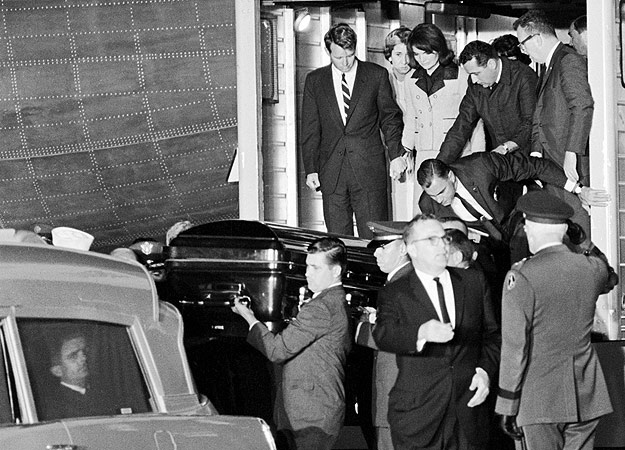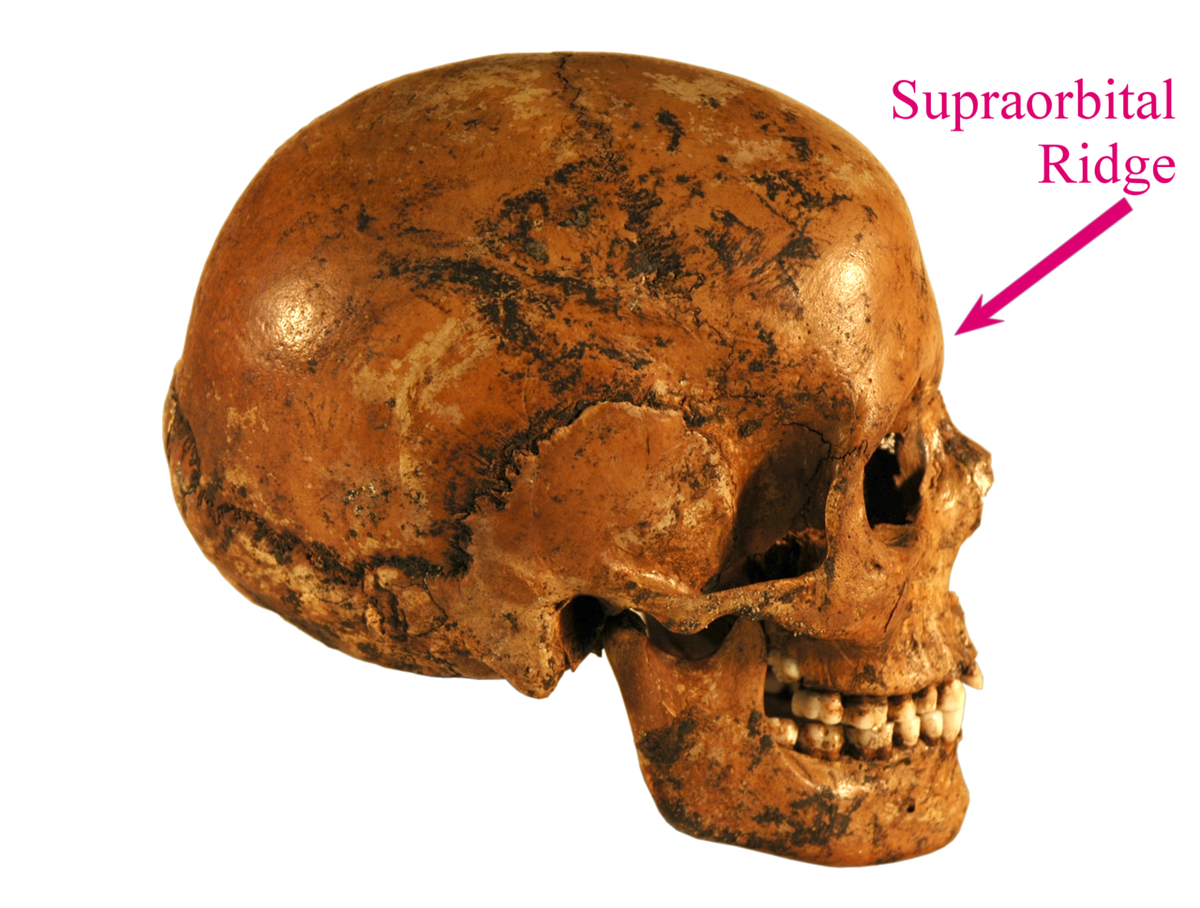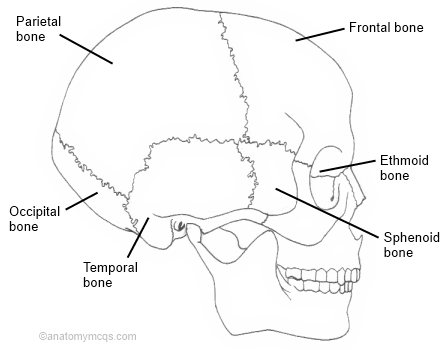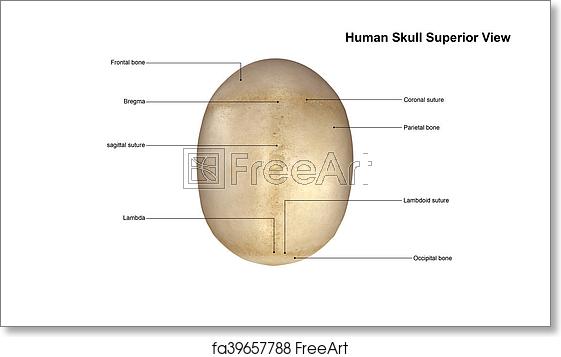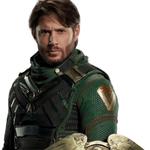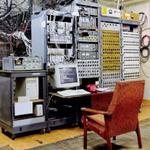@Groucho Ich verstehe nicht ganz, welchen Vorteil diese "Sargtrickserei" für die Verschwörer gehabt haben soll?
Wenn sie angeblich an Kennedy rum manipuliert haben, hätten sie ihn doch genau so gut wieder in den gleichen Sarg legen können.
Ich sehe den Vorteil der "Sargtrickserei" für die Verschwörer nicht, ergo kann die "Sargtrickserei" (ob sie nun so statt gefunden hat, oder nicht) kein Indiz für eine Verschwörung sein.
Das kuriose an der Sache ist ja, dass die Verschwörer komplizierte Dinge problemlos schaffen und bei den einfachen Dingen kläglich scheitern. Einerseits sollen die Verschwörer in der Lage sein, den Körper Kennedys in einer Weise zu manipulieren, dass sogar die erfahrenen Gerichtsmediziner, die das HSCA engagiert hat, getäuscht werden; andererseits sollen sie es nicht schaffen, Kennedy im selben Sarg anzuliefern, in den er in Dallas gelegt wurde, bzw. Zeugen zu platzieren, die das bestätigen.
@sunlay Es ist doch erst einmal völlig egal, ob Dr. McClelland auch forensisch erfahren war oder eben nicht.
Ein Arzt der ca. 200 Schussopfer vor sich hatte, wird wohl mindestens eine Wundposition und dessen Aussehen und Ausmaße sachgerecht und authentisch beschreiben können. Wenn Du das als unrealistisch ansiehst und lediglich Dr. Fink zum Exoerten machst, ist das deine kanalisierte Meinung.
Ich mache Dr. Finck nicht zu einem Experten, er ist ein Experte! Er ist in Pathologie ausgebildet, hat bis 1963 etwa 600 Autopsien durchgeführt und ist beim "American Board of Pathology" in "Anatomic Pathology" und in "Forensic Pathology" registriert. Zudem hatte er damals bereits als Sachverständiger bei Ermittlungen gewirkt und als solcher auch ausgesagt. All das kann seiner Aussage vor der Warren Commission entnommen werden:
Mr. SPECTER. Where did you obtain your medical degree?
Colonel FINCK. At the University of Geneva Medical School in Switzerland.
Mr. SPECTER. And in what year did you obtain that degree?
Colonel FINCK. In 1948.
Mr. SPECTER. What has your experience been in the medical profession subsequent to obtaining that degree?
Colonel FINCK. I had 4 years of training in pathology after my internship, 2 years, including 2 years of pathology at the University Institute of Pathology in Geneva, Switzerland, and 2 years at the University of Tennessee Institute of
Pathology in Memphis, Tenn.
Mr. SPECTER. And how long have you been in the United States Army?
Colonel FINCK. Since 1955.
Mr. SPECTER. And what have your duties consisted of in the Army?
Colonel FINCK. From 1955 to 1958 I performed approximately 200 autopsies, many of them pertaining to trauma including missile wounds, stationed at Frankfort, Germany as pathologist of the United States Army Hospital in Frankfurt, Germany.
Mr. SPECTER. Have you had any additional, special training or experience in missile wounds?
Colonel FINCK. For the past 3 years I was Chief of the Wound Ballistics Pathology Branch of the Armed Forces Institute of Pathology and in that capacity I reviewed personally all the cases forwarded to us by the Armed Forces, and some civilian cases from the United States and our forces overseas. The number of these cases amounts to approximately 400 cases. I was called as a consultant in the field of missile wounds for this particular case, and also last year in February 1963, the Surgeon General of the Army sent me to Vietnam for a wound ballistilcs mission I had to testify in a murder trial involving a
30/30 rifle in the first week of March this year, and I came back yesterday after one week in Panama where I had to testify. I was sent to Panama by the Secretary of the Army regarding the fatalities of the events of 9-10 in January of 1964.
Mr. SPECTER. Have you been certified by the American Board of Pathology, Doctor Finck?
Colonel FINCK. I was certified in pathology anatomy by the American Board of Pathology in 1956, and by the same American Board of Pathology in the fleld of forensic pathology in 1961.Welche Referenzen hat nun Dr.McClelland?
Groucho schrieb:Nein, das sieht man sicher nicht im Z-Film. Das sieht man, das im Wesentlichen der Frontalbone (mit vielleicht einem kleinen Stück des parietal bone) aufspringt.


